Hacking Heat
Waste heat as air pollution as energy A project by Ahmad Saleh
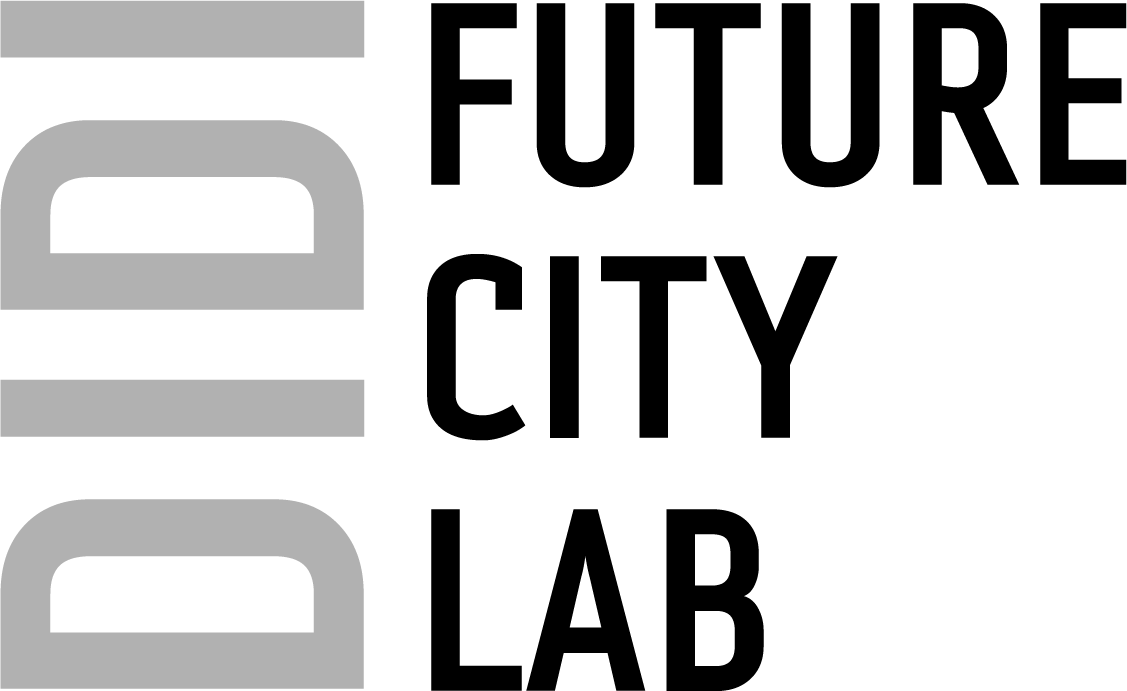
This project stems from an interest in urban heat waste, as a source of pollution and potentially a resource that could be harvested as energy.
Focusing particularly on the heat wasted by AC units in Dubai, the project proposes to implement a system of real-time mapping to measure and compute the amount of heat generated by the AC exhausts throughout the year, in different neighborhoods and areas of Dubai, and propose methods to repurpose it as a source of energy.
Dubai, a heating city?
Urban Heat Island
The Urban Heat Island phenomenon occurs when natural land is replaced by buildings and pavements resulting in higher temperatures in city centers in relation to more suburban areas. The presence of dark / paved surfaces are primary contributors to the absorbtion of heat within urban contexts that in turn increase temperatures of central areas within a city.
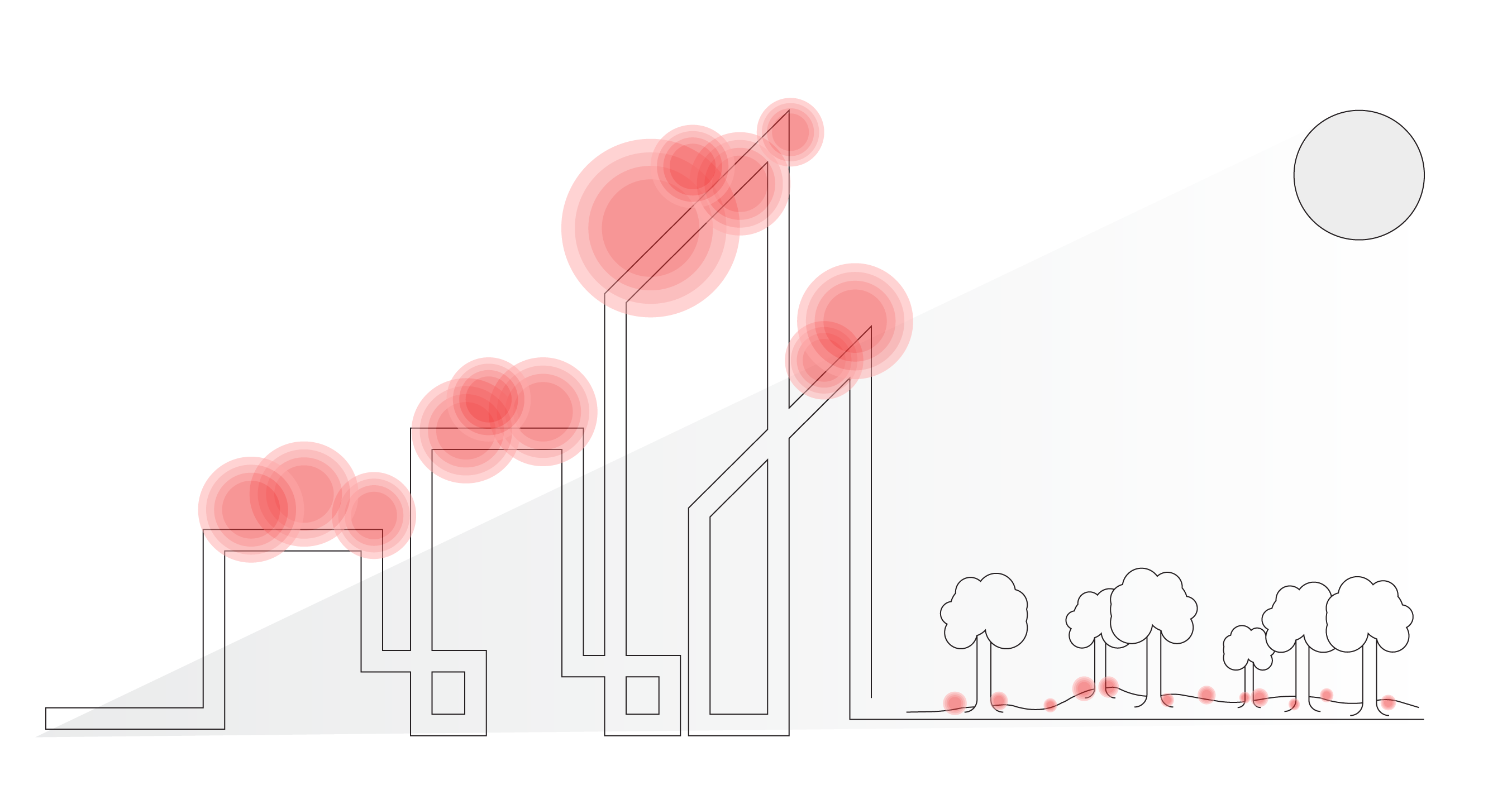
Is it the case of Dubai?
Urban Cool Island
In fact, in desert cities like Dubai, this phenomenon is usually reversed into an Urban Cool Island effect. This is due to the suburban desert areas being so void of vegetation and moisture that they heat up more rapidly than the city, and in contrast, urban planning in desert cities take into consideration dedicated spaces for vegetation and green landscapes.

And what about heat waste?
Heat from Cooling
Through the documentation of my surroundings, I was able to build bridges between my experience of air and external contributing factors.
My focus shifted to the heat exuded from everyday objects. I took on both a macro and micro view. As an example, I looked at how an AC unit produces micro winds through its exhausts, and this expelled air has a certain level of heat attached to it that is transferred to its surroundings. Then how buildings and households can heat up the city when all these micro heat emissions are combined.
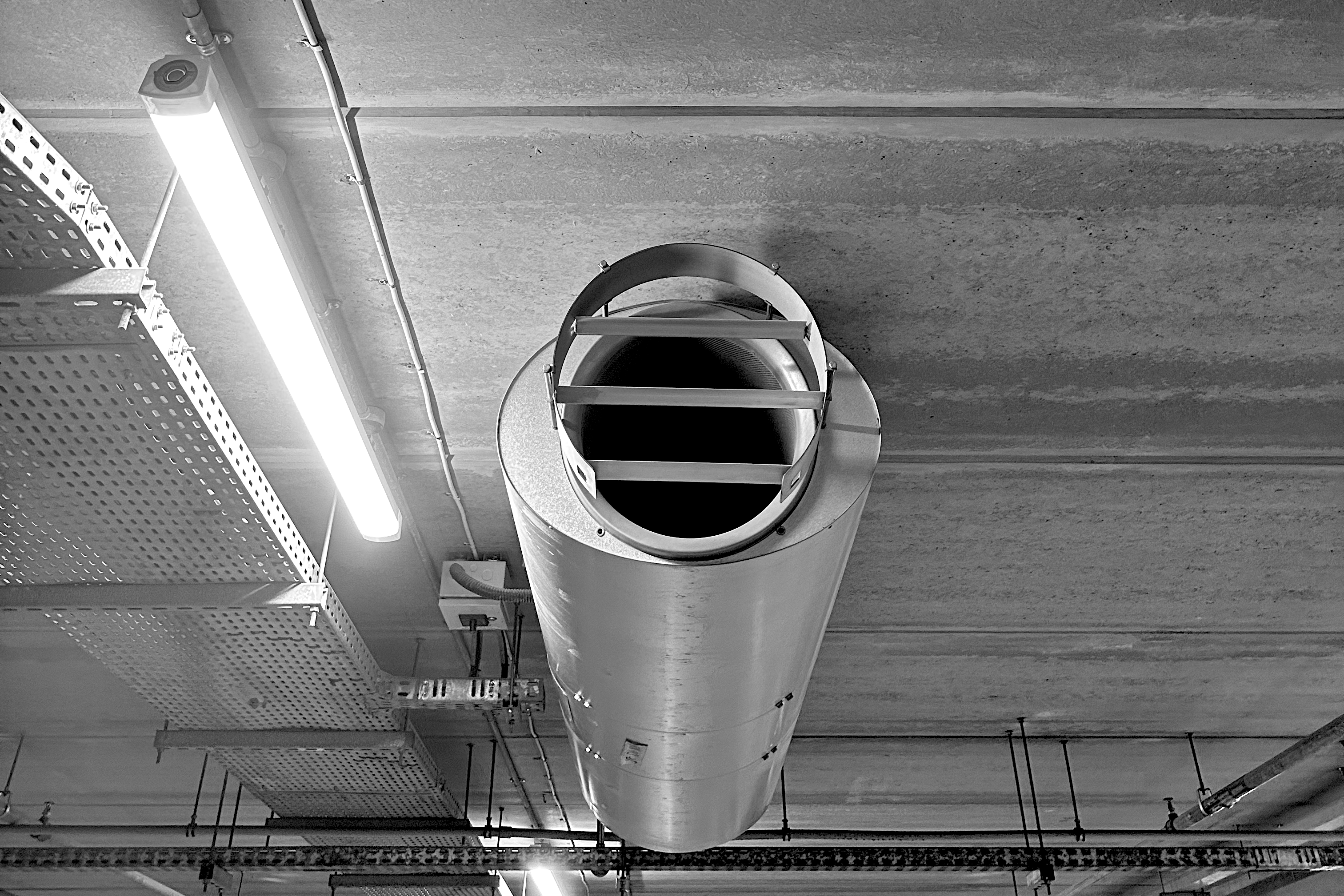

Sensing Heat
To further explore this new found direction, I proposed to implement a sensing probe to collect data from the exhaust of my bedroom’s AC unit to gain insights on how much heat is being lost throughout the day.
The data was collected over 7 days at regular time intervals of 1pm, 6pm, and 11pm. At each point, data was collected and averaged out over a one minute time period. The AC was set at a constant temperature of 23°c in the bedroom.
Six data parameters were collected, as visualized in the chart below: (1) exhaust temperature, (2) ambient temperature, (3) weather app temperature, (4) room temperature, (5) exhaust wind speed, (6) whether the AC was on or off prior to the data collection.


Visualizing Heat
The following diagram visualizes the area of temperature difference between the ambient air and the air exhausted.

What does that represent in terms of energy?
Energy from Heat
In order to be able to contextualize the amount of waste heat produced from the AC unit, I needed to formulate a way to convert the temperature difference between the ambient and exhaust temperature, along with the the speed of the wind, to calculate the potential energy being produced in this heat exchange. The quanitfied amount can then be placed in relation to more graspable scales in order to understand the magnitude of the oppurtunities for interventions. The below diagram details the formula and methodology used for measuring and converting waste heat into energy.
 Formula and methodology used for measuring and converting waste heat into energy
Formula and methodology used for measuring and converting waste heat into energy
Reviewed by electrical engineer Mina Hassan. However, it is important to note that the results are not taking into consideration energy loss in the process of harvesting. These results should be taken as such that they were conducted in optimum vacuum conditions where no energy was lost in the process of collection.
The below visualization illustrates the amount of potential energy that the volume of air exhausted carries due to its difference of temperature from the ambient air temperature.
What is this energy equivalent to?
Framing Context
To put these findings into context, a simple phone charger uses 4.5 watts of energy to charge a smartphone. If we isolate the first data point of 4.74 J/s and transfer it, without loss, then we can charge a smartphone with the energy produced from waste heat. This illustrates the potential for harvesting waste heat around the city as an energy resource.

Alternatively, in a household with 10 AC units, with 70% of them operating at normal capacity, we can potentially harvest the energy produced for 24 hours to operate a 800W washing machine for one hour.

Interventions as Inspiration
Studying existing interventions that harvest waste heat as a renewable energy source.
 Centralizing cooling systems at homes can allow opportunities for waste heat harvesting.
Centralizing cooling systems at homes can allow opportunities for waste heat harvesting.
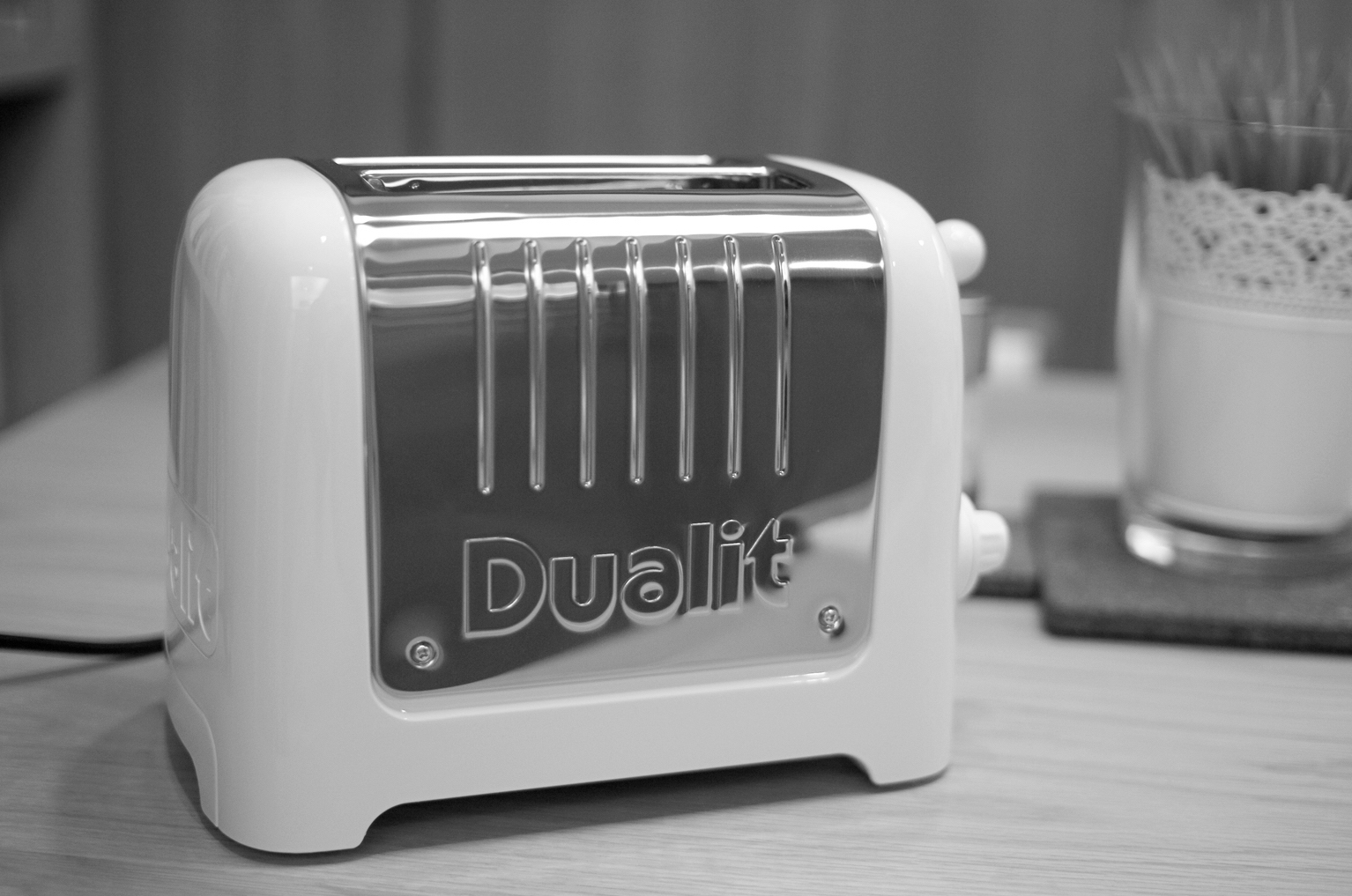
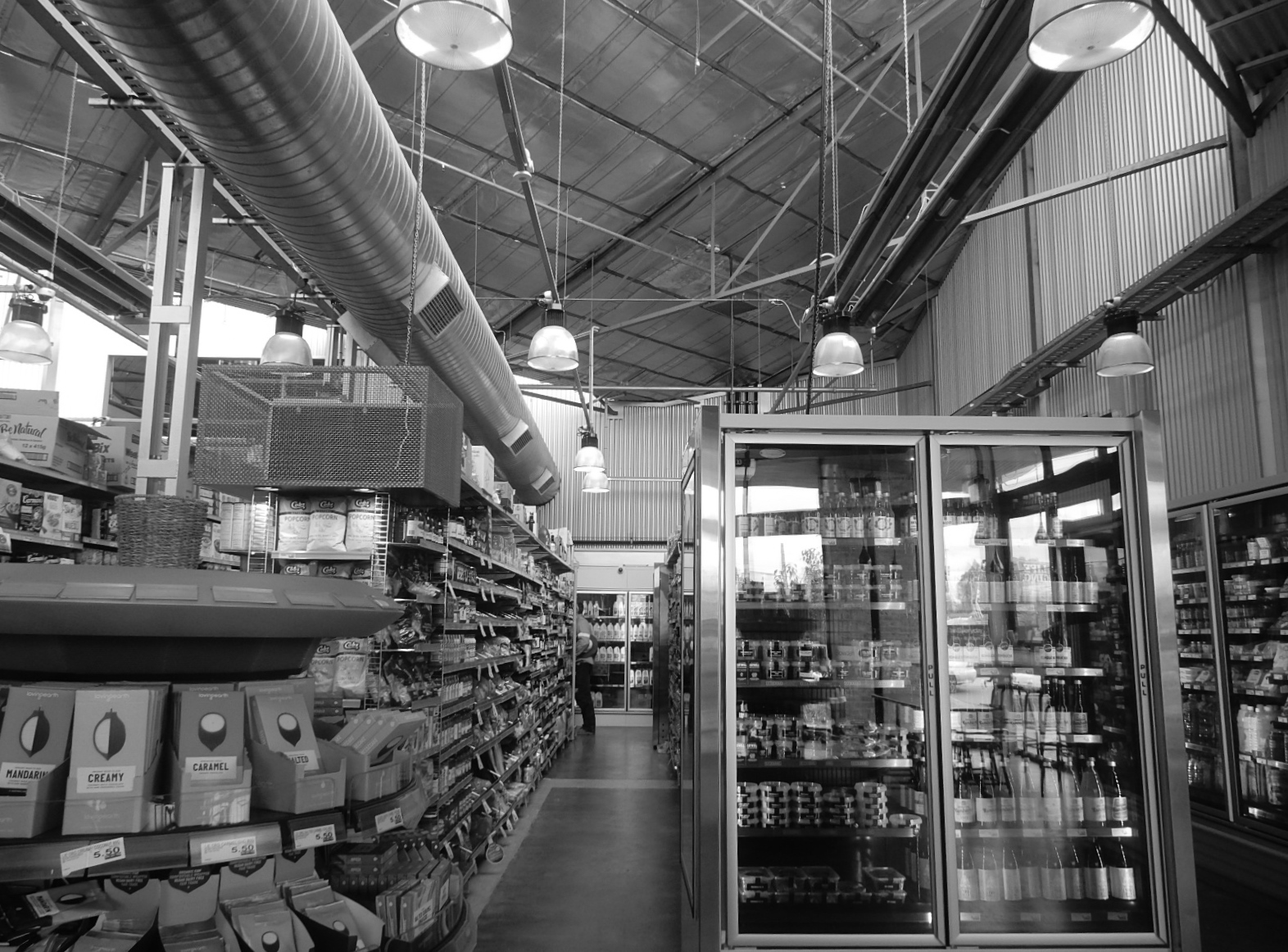 Waste heat from refrigeration systems in supermarkets used for store and water heating.
Waste heat from refrigeration systems in supermarkets used for store and water heating.

 Waste heat used to heat up greenhouses in colder climates can save on heating energy.
Waste heat used to heat up greenhouses in colder climates can save on heating energy.

Are any of these interventions applicable in a city like Dubai?
Probing Heat


As a starting point, an IoT probe has been deployed at Villa 19, st 38C, Al Twar 1 to monitor the ambient and exhaust temperatures alongside the the exhaust windspeed of one of the AC unit on the rooftop in order to get a preliminary understanding of how much waste heat is being emmitted and how that waste heat translates into potential renewable energy.

Real-Time Data Visualization
Urban Morphologies
It is essential to study these three types of buildings to better understand how each of them contribute to the city's overall waste heat keeping in mind the kind of AC system they use in the building.
Villas

Mid-Rise Buildings
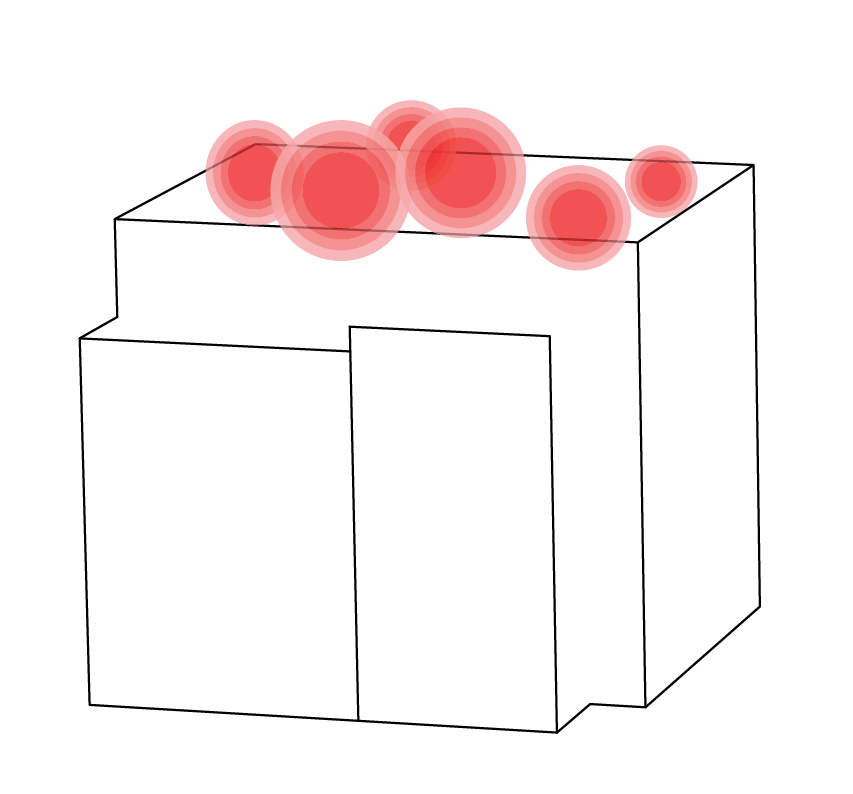
Skyscrapers

Micro to Macro
In the next steps of project, I will be expanding my vantage point for data collection over three different types of buildings across Dubai: villas, mid-rise buildings and skyscrapers. The data collected will be projected against their respective neighborhoods to get a better understanding of the collective heat waste.
The idea is to collect data from the various collection points: villas, mid-rise buildings, and skyscrapers for a period of one year through the IoT probethat would send the data to a database on the cloud. The database will then convert the data and run it through the necessary calculations to return the values needed for the visualization. The database will be linked to a string of code that visualizes the data in real time, allowing the user to explore and interact with levels of heat waste across the city.
After suffiecent data has been collected over the course of a year, we can average out the energy value from waste heat and apply it against the entire household and then similarly project those findings on other households based off surveryed data on the number of AC units in the house. The collective average energy can then be mapped out for the entire neighborhood. With future data points covering different urban morphologies, we can repeat this process to eventually map out the potentials of energy harvesting from waste across the entire city.

The limitations to these projections is the accuracy. Overtime, we can modify the algorithm and deploy more probes to get more accurate projections of the energy from waste heat of the city. However, these findings are meant to view waste heat as energy on a city-wide scale to raise awareness on the potentials of harvesting waste heat as a renewable energy source.
Credits
A special thanks to:
Mina Hassan, electrical engineer: verified the formula for the conversion of waste heat into potential energy.
Yasmina Belhadi, computer science graduate: assited in the devolopment of the real-time mapping visualization.
References
N/A (2019) 25 examples of utilisation of waste heat, State of Green. State of Green. Available at: https://stateofgreen.com/en/news/25-examples-of-utilisation-of-waste-heat/ (Accessed: March 7, 2023).
N/A (2018) Cities use waste heat to save energy and cut emissions, EC R&I Success stories. Available at: https://ec.europa.eu/research-and-innovation/en/projects/success-stories/all/cities-use-waste-heat-save-energy-and-cut-emissions (Accessed: March 7, 2023).
N/A (2018) 25 cases of urban waste heat recovery, ReUseHeat. Available at: https://www.reuseheat.eu/25-cases-urban-waste-heat-recovery/ (Accessed: March 7, 2023).
N/A (n.d.) Waste heat, Waste heat - Energy Education. Available at: https://energyeducation.ca/encyclopedia/Waste_heat (Accessed: March 7, 2023).
Somvanshi, A. (2019) Indian cities are simmering in their own waste heat, Down To Earth. Available at: https://www.downtoearth.org.in/news/environment/indian-cities-are-simmering-in-their-own-waste-heat-65084 (Accessed: March 7, 2023).
N/A (2019) Home, Waste Heat. Available at: https://www.waste-heat.eu/about-waste-heat/waste-heat-utilization (Accessed: March 7, 2023).
Department of Energy & Climate Change (2014) The potential for recovering and using surplus heat from industry, GOV.UK. GOV.UK. Available at: https://www.gov.uk/government/publications/the-potential-for-recovering-and-using-surplus-heat-from-industry (Accessed: March 7, 2023).
N/A (n.d.) Reduce Urban Heat Island Effect, EPA. Environmental Protection Agency. Available at: https://www.epa.gov/green-infrastructure/reduce-urban-heat-island-effect (Accessed: March 7, 2023).
N/A (n.d.) Studies & guidelines, Dubai Air Environment. Available at: https://dubaiairenvironment.dm.gov.ae/env_studies_research?lang=en (Accessed: March 7, 2023).
Bardsley, D. (2020) Why Dubai is a cooler city than others, Cool Coalition. Available at: https://coolcoalition.org/why-dubai-is-a-cooler-city-than-others/ (Accessed: March 7, 2023).
Penny, J. (2019) 6 causes of urban heat islands and 4 ways to offset them, Buildings. Available at: https://www.buildings.com/cooling/article/10185567/6-causes-of-urban-heat-islands-and-4-ways-to-offset-them (Accessed: March 7, 2023).
Emilio, M.D.D.P. (2022) Design considerations for thermal energy harvesting, EE Times. Available at: https://www.eetimes.com/design-considerations-for-thermal-energy-harvesting/ (Accessed: March 8, 2023).
Jones, J.S. (2020) Four emerging clean energy technologies you'll be hearing more about, Smart Energy International. Available at: https://www.smart-energy.com/regional-news/europe-uk/four-emerging-clean-energy-technologies-youll-be-hearing-more-about/ (Accessed: March 8, 2023).